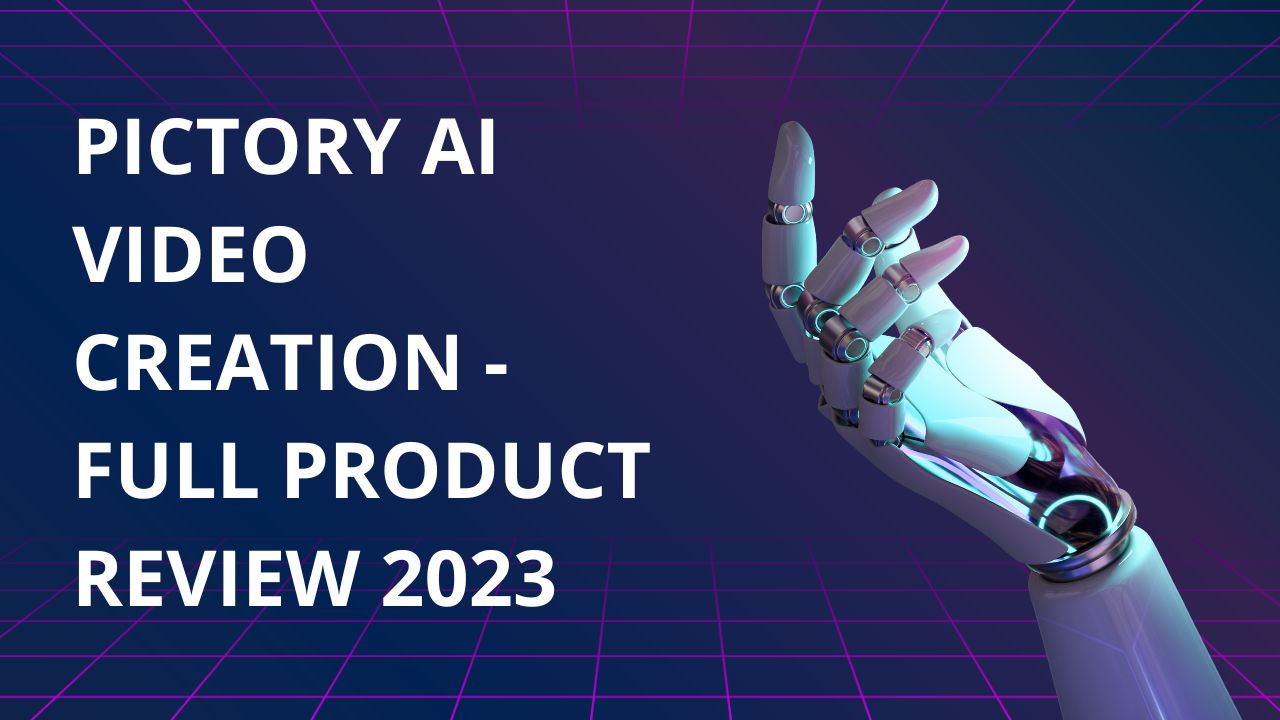Conversational AI is a sophisticated technology that enables computers and machines to engage in human-like conversations. It leverages various branches of artificial intelligence, such as natural language processing (NLP), machine learning, and voice recognition, to facilitate seamless interactions between humans and machines.
Conversational AI aims to bridge the communication gap between humans and computers by allowing machines to understand, interpret, and respond to human language naturally and intuitively. This technology has rapidly evolved, moving beyond simple scripted responses to encompass dynamic, context-aware conversations that adapt based on user input and engagement.
How Does Conversational AI Work?
At its foundation lies natural language processing (NLP), which enables the AI to comprehend and decipher the nuances of human language, including context, intent, and sentiment. This understanding is coupled with machine learning algorithms that continuously learn from vast datasets of human interactions, allowing the AI to refine its responses over time.
Conversational AI systems utilize dialog management techniques to maintain context during conversations, ensuring coherent exchanges. These systems can take various forms, from chatbots on websites to voice assistants in smart devices, each employing different communication modalities. As users engage, the AI processes their input, identifies patterns, predicts responses, and generates contextually appropriate answers.
Core Components
Here are the core components of conversational AI:
- Natural Language Processing (NLP): Enables understanding and interpretation of human language, including context, intent, sentiment, and entities.
- Machine Learning (ML) Algorithms: Continuously learn from data to improve responses and interactions over time.
- Voice and Text Recognition: Allows input from users in both spoken and written forms, expanding accessibility and usability.
- Dialog Management: Maintains context throughout conversations, ensuring coherent and relevant interactions.
- Intent Recognition: Identifies the purpose or goal behind user inputs to generate appropriate responses.
- Entity Recognition: Extracts specific information from user inputs, aiding personalized interactions.
- Multichannel Integration: Enables consistent experiences across various platforms and devices.
Identifying the Key Differentiator
As technology orchestrates conversations between bits and human wit, understanding what constitutes a key differentiator of conversational AI holds immense significance.
User Experience
The user experience emerges as a paramount differentiating factor. The ability of an AI system to create a seamless, intuitive, and human-like interaction profoundly influences user satisfaction. Conversational AI’s capacity to understand users’ intentions, respond contextually, and provide accurate information conversationally all contribute to an enhanced user experience that sets exceptional solutions apart.
Personalized and Context-Aware Interactions
Conversational AI systems can craft tailored responses and recommendations by leveraging historical user data and preferences. This personalization amplifies user engagement and demonstrates a deep understanding of individual needs. Additionally, context awareness, where the AI comprehends ongoing dialogues and retains conversation history, further refines interactions, making them coherent and relevant.
Real-time Responsiveness
The swiftness with which an AI can process user input and deliver accurate responses significantly impacts user engagement. A prompt and efficient system fosters a sense of immediacy and ensures a dynamic and engaging conversation flow. Users are likelier to remain engaged when they experience minimal delays, encouraging a positive impression and sustained interaction with the technology.
The Difference Between a Chatbot vs Conversational AI
A chatbot is a rule-based or scripted program that handles specific queries or tasks within predefined parameters. It follows a predetermined flow and responds based on programmed rules.
In contrast, conversational AI represents a more advanced and adaptive technology that integrates NLP and ML to understand context, intent, and nuances in user input. Its systems can engage users in dynamic, context-aware conversations, learn from interactions, and provide personalized responses, thus offering a more human-like and versatile interaction experience.
Conversational AI Examples
Let’s explore how conversational AI is reshaping the landscape of various industries, one conversation at a time.
Conversational AI in Healthcare
Virtual health assistants can provide patients with immediate responses to medical queries medication reminders, and even assist in booking appointments. These AI systems can assess symptoms, offer preliminary diagnoses, and direct users to appropriate medical resources. Such applications enhance patient engagement, streamline healthcare services, and provide accessible information around the clock.
Conversational AI in Banking
Chatbots embedded in banking apps or websites can handle customer inquiries about account balances transaction history, and even provide financial advice. They guide users through processes like fund transfers and bill payments. AI-driven security protocols can also identify and prevent fraudulent activities, ensuring a secure banking environment.
Conversational AI in Retail
Virtual shopping assistants offer personalized recommendations, helping users find products that align with their preferences. These AI systems can also assist in tracking orders, resolving customer complaints, and facilitating seamless shopping experiences across various channels.
Conversational AI in Insurance
Chatbots aid in policy inquiries, claims processing, and policy renewals. They guide users through complex insurance terminology and help them make informed decisions. These AI systems expedite claim submissions and provide policyholders with instant updates, reducing response times and enhancing customer satisfaction.
Benefits of Conversational AI
Conversational AI, with its ability to simulate human-like conversations, offers many benefits across industries and user interactions. These advantages leverage technology to create efficient, personalized, and engaging experiences. Some key benefits include:
- Enhanced User Engagement: Conversational AI fosters dynamic and interactive dialogues, keeping users engaged and interested. The natural conversational flow encourages extended interactions and improved user satisfaction.
- 24/7 Availability: Unlike human agents, AI operates round the clock, providing instant responses and support at any time. This accessibility caters to global audiences and ensures timely assistance.
- Scalability: AI can handle numerous conversations simultaneously, scaling to meet growing demands without compromising response quality.
- Cost Savings: Implementing AI can significantly reduce operational costs by automating tasks traditionally carried out by customer support teams.
- Consistent Responses: AI ensures consistent responses regardless of the number of inquiries, maintaining the brand’s messaging and information accuracy.
- Personalization: Through data analysis, conversational AI tailors interactions based on user preferences, previous interactions, and browsing behavior, delivering personalized experiences.
- Efficient Issue Resolution: AI can quickly identify user issues, provide solutions, or direct users to appropriate resources, reducing resolution times and enhancing customer satisfaction.
- Data Insights: AI generates valuable insights by analyzing user conversations helping businesses understand customer needs, pain points, and emerging trends.
- Multichannel Integration: AI seamlessly operates across various platforms, including websites, apps, and messaging services, offering a consistent experience.
- Language Support: AI-powered systems can comprehend and respond in multiple languages, expanding reach and inclusivity for global audiences.
- Reduced Waiting Times: Conversational AI minimizes user waiting by instantly addressing queries, ensuring a seamless and swift interaction.
- Continuous Learning: AI systems learn from every interaction, improving through user feedback and data analysis, leading to refined responses.
Conversational AI Companies
The burgeoning field of conversational AI has spurred the growth of numerous innovative companies that specialize in developing advanced solutions for human-computer interactions. Some prominent of these companies include:
IBM Watson: A pioneer in AI technology, IBM Watson offers a comprehensive suite of tools for building conversational AI solutions. Its offerings encompass language understanding, dialog management, and personalized interactions.
Google Cloud Dialogflow: Google’s Dialogflow provides developers with tools to design and deploy conversational experiences across various platforms. It offers advanced language understanding capabilities and integration with Google Cloud services.
Microsoft Bot Framework: Microsoft’s Bot Framework enables the creation of chatbots and conversational AI agents that can be deployed across Microsoft Teams, Azure, and other platforms.
Amazon Lex: Built on Amazon Web Services (AWS), Amazon Lex empowers developers to build conversational AI solutions with automatic speech recognition (ASR) and natural language understanding (NLU) capabilities.
Nuance Communications: Nuance specializes in voice and speech recognition technologies, offering conversational AI solutions for industries such as healthcare, automotive, and customer service.
Rasa: Rasa provides an open-source framework for building conversational assistants and chatbots. It offers tools for natural language understanding, dialogue management, and integration with various messaging platforms.
Ada: Ada offers a platform for creating AI-powered chatbots that provide personalized customer experiences across different industries, enhancing customer support and engagement.
Kuki Chatbot: Kuki offers an AI-driven chatbot platform that assists businesses in creating conversational experiences, ranging from customer support to sales assistance.
Intercom: Intercom’s conversational AI tools focus on customer engagement, enabling businesses to interact with users through targeted messages, chatbots, and personalized communication.
LivePerson: LivePerson provides a conversational commerce platform that combines messaging, AI-powered chatbots, and human agents to create seamless customer experiences.
The Future of Conversational AI
The future of conversational AI promises hyper-personalized interactions, emotional intelligence, multi-modal communication, and proactive assistance. It will seamlessly integrate across platforms, collaborate with human agents, enhance security, and uphold ethical considerations. From unified language translation to revolutionizing sectors like education and healthcare, conversational AI is set to redefine human-computer interactions, offering tailored, empathetic, and technologically integrated experiences.











